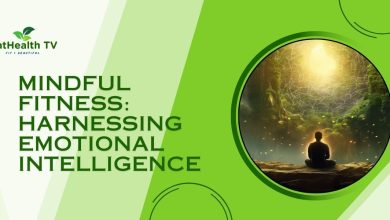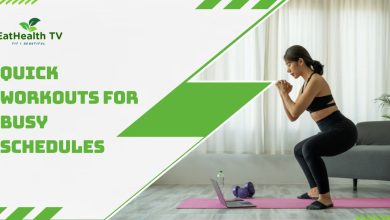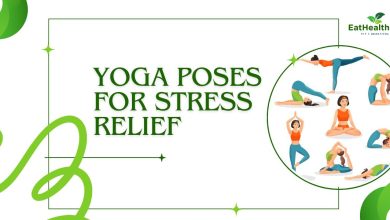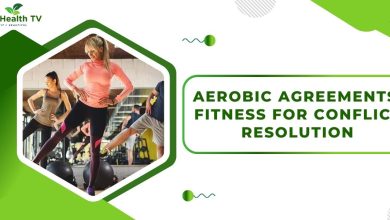Exercise Biases: Unraveling the Role of Beliefs
Breaking Barriers: Overcoming Exercise Biases for Inclusive Fitness
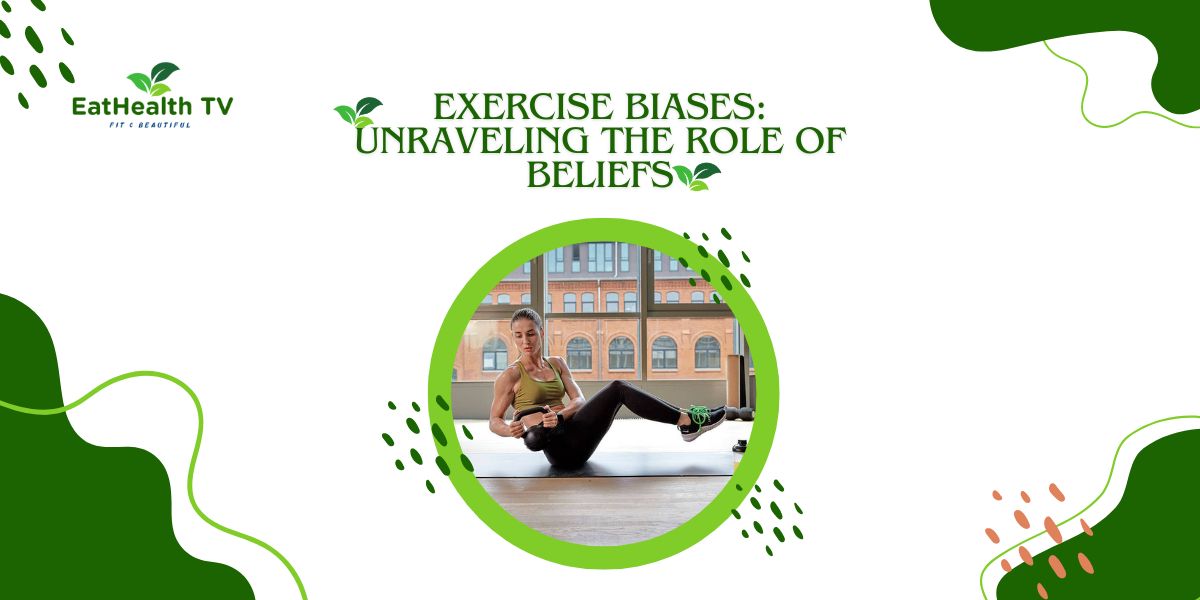
Exercise Biases: Unraveling the Role of Beliefs
Exercise is often touted as a cornerstone of health and well-being, yet our beliefs and perceptions about physical activity can significantly influence our exercise behaviors and outcomes. In this article, we delve into the fascinating realm of exercise biases, exploring how our beliefs shape our attitudes toward exercise, impact our motivation and adherence to fitness routines, and influence our overall health and fitness outcomes.
Understanding Exercise Biases
Exercise biases refer to the unconscious or conscious beliefs and attitudes that individuals hold about exercise and physical activity. These biases can manifest in various forms, including stereotypes, prejudices, and misconceptions, and can influence how we perceive, approach, and engage in exercise.
Exploring Common Exercise Biases
- Body Image Bias: Many individuals hold biased beliefs about body image and exercise, associating certain body types with fitness and athleticism while stigmatizing others. This bias can lead to body dissatisfaction, disordered eating behaviors, and exercise avoidance among those who feel they do not meet societal standards of fitness.
- Gender Bias: Gender biases in exercise often perpetuate stereotypes about which activities are suitable for men and women. For example, there is a misconception that weightlifting is primarily for men, while cardio activities are more suitable for women. These biases can limit individuals’ exercise choices and perpetuate gender inequality in the fitness industry.
- Age Bias: Age biases in exercise can lead to misconceptions about what constitutes appropriate physical activity for different age groups. Older adults may face stereotypes that they are too frail or incapable of engaging in vigorous exercise, while younger individuals may be discouraged from participating in activities perceived as “old-fashioned” or “boring.”
- Socioeconomic Bias: Socioeconomic biases can impact access to exercise resources and opportunities. Individuals from lower socioeconomic backgrounds may face barriers such as lack of access to fitness facilities, limited transportation options, and affordability constraints, which can hinder their ability to engage in regular physical activity.
- Ability Bias: Ability biases center around assumptions about individuals’ physical capabilities and limitations. This bias can lead to discrimination against people with disabilities or chronic health conditions, as well as unrealistic expectations of physical performance based on perceived ability levels.
The Influence of Beliefs on Exercise Behavior
Our beliefs about exercise play a significant role in shaping our exercise behaviors and outcomes:
- Motivation: Positive beliefs about exercise, such as viewing it as enjoyable, beneficial, and rewarding, can enhance motivation and adherence to fitness routines. Conversely, negative beliefs, such as perceiving exercise as boring, painful, or futile, can undermine motivation and lead to exercise avoidance.
- Self-Efficacy: Beliefs about one’s ability to successfully engage in exercise, known as self-efficacy, influence exercise behavior. Individuals with high self-efficacy are more likely to set and achieve exercise goals, persist in the face of challenges, and maintain long-term exercise habits.
- Perceived Barriers: Beliefs about barriers to exercise, such as time constraints, lack of energy, or fear of injury, can influence exercise decision-making. Perceived barriers may either hinder or facilitate exercise engagement, depending on how individuals perceive and navigate them.
Addressing Exercise Biases
Combatting exercise biases requires a multi-faceted approach that addresses individual, social, and environmental factors: Just as we know Fitness Biases: Unraveling the Psychology of Preferences
- Education and Awareness: Promote education and awareness about exercise biases to challenge stereotypes, debunk myths, and foster inclusivity and diversity in fitness spaces.
- Inclusive Programming: Create inclusive exercise programs and environments that cater to diverse populations and address the unique needs and preferences of individuals from different backgrounds and abilities.
- Community Engagement: Foster a sense of community and belonging in fitness spaces through social support, encouragement, and collaboration. Encourage individuals to share their exercise experiences and celebrate diverse achievements and milestones.
- Policy and Advocacy: Advocate for policies and initiatives that promote equitable access to exercise resources and opportunities, address systemic barriers, and support marginalized communities in achieving their fitness goals.
Conclusion
Exercise biases have profound implications for individual health, fitness, and well-being, as well as broader societal issues such as inequality and discrimination. By unraveling the role of beliefs in exercise behaviors and outcomes, we can work towards creating more inclusive, diverse, and empowering fitness environments where all individuals feel valued, supported, and empowered to lead active and healthy lives. Through education, awareness, and advocacy, we can challenge stereotypes, break down barriers, and build a more equitable and inclusive fitness culture for future generations.

